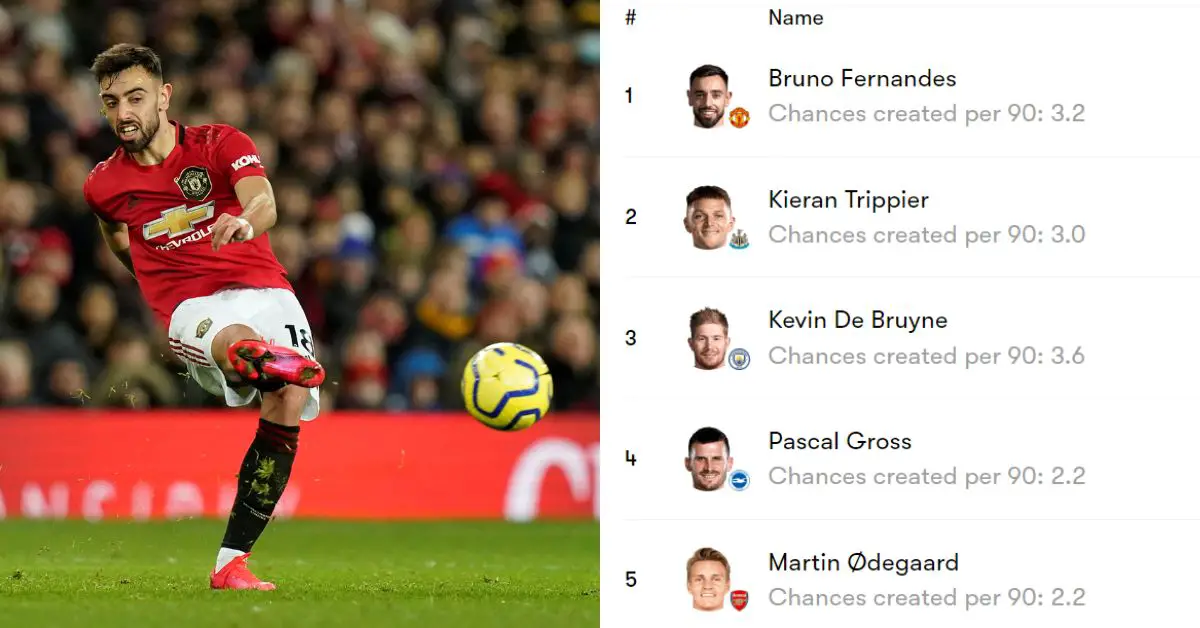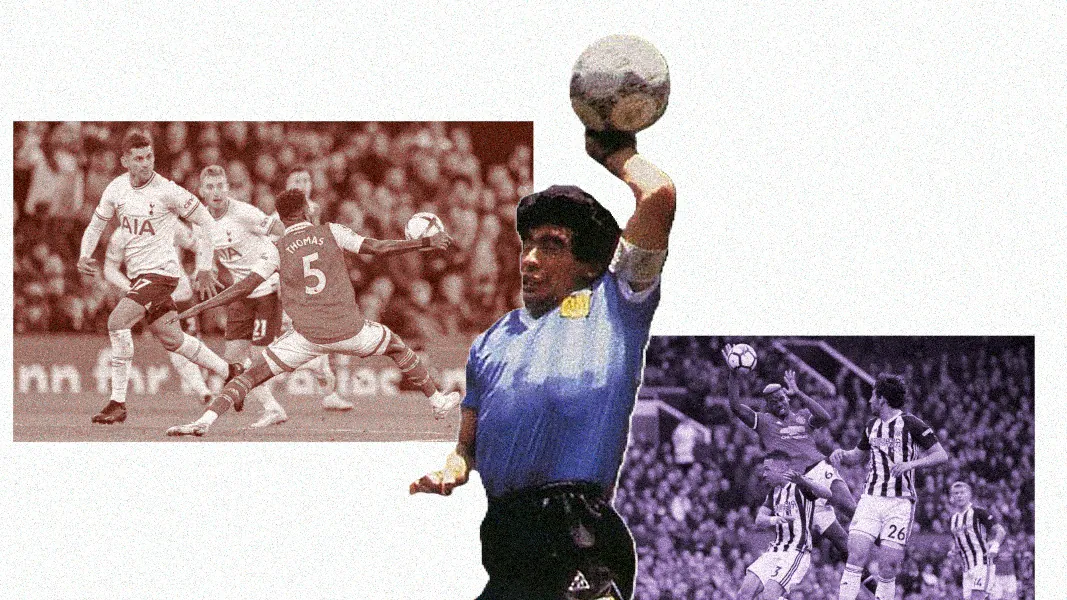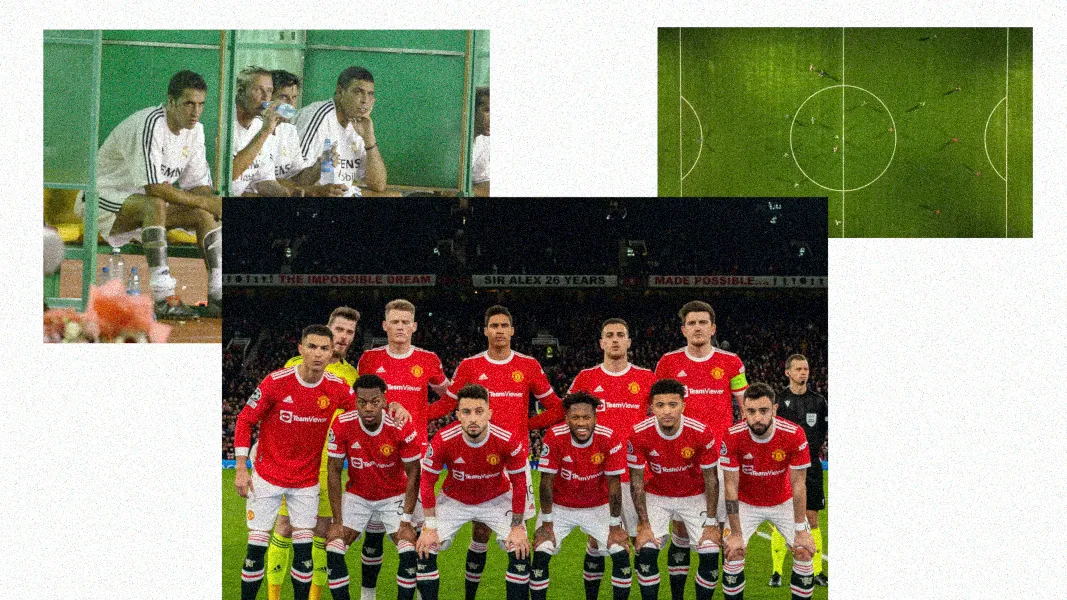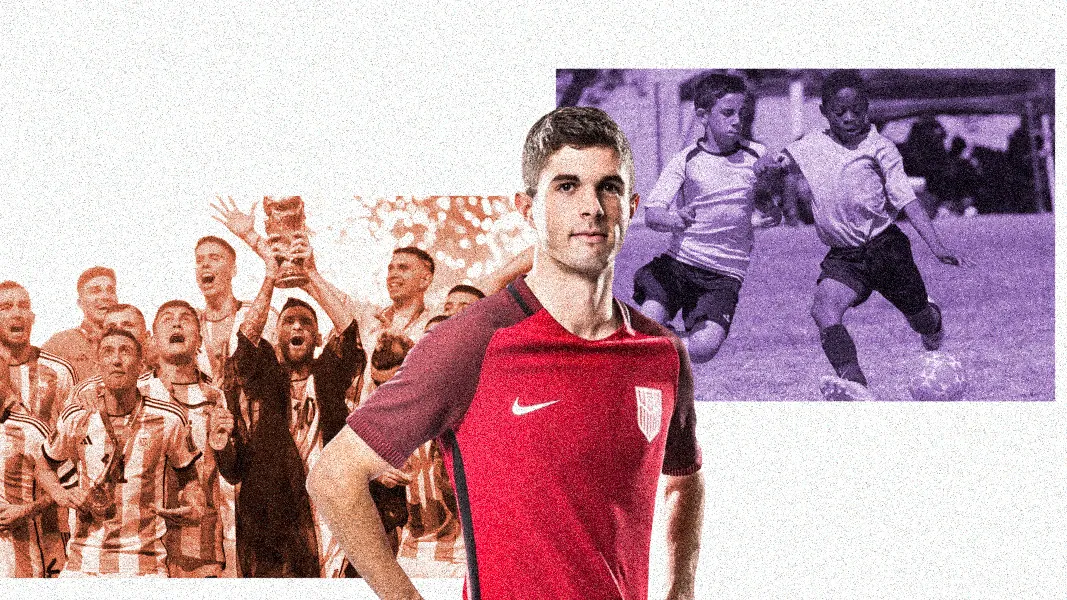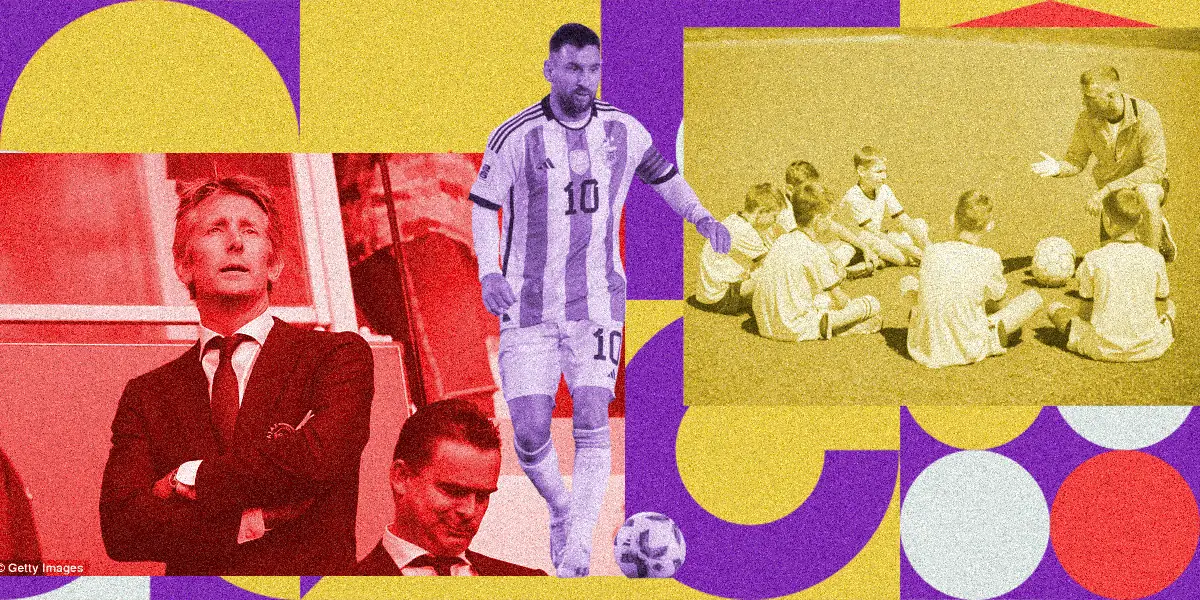A chance created in soccer refers to a decisive play or pass by a player that directly leads to a goal-scoring opportunity for their team. It signifies a moment of significant offensive potential.
But why does it matter?
This metric is pivotal in assessing a player’s creative impact on the game. Beyond goals and assists, chance creation illuminates the creative spark that drives offensive momentum.
In this article, we delve into the essence of chance creation, unraveling its importance and shedding light on its impact on the beautiful game.
Key Takeaways:
- Chance creation is the act of setting up clear goal-scoring opportunities for teammates.
- It highlights a player’s creativity, vision, and strategic role in offensive play.
- Chance creation is distinct from assists as it encompasses the broader setup leading to a chance.
- Understanding chance creation provides valuable insights into a player’s playmaking abilities.
- Tactical innovations, such as high-pressing systems, influence how chances are created in modern soccer.
Emergence of Chance Created as a Key Metric in Soccer

Traditionally, emphasis lay on goals scored and assists made. However, this approach lacked nuance, often overlooking players’ roles in building goal-scoring opportunities.
Chance creation addresses this gap. It acknowledges the pivotal moments when a player engineers a clear path to goal, even if they aren’t the one executing the final shot. This metric factors in not only successful passes but also astute plays that lead to goal-scoring chances. It recognizes the creative spark that drives offensive momentum.
Statistical tracking and advanced analytics have refined this metric, providing a more precise understanding of a player’s influence on the game.
Today, chance creation stands as a fundamental measure in assessing a player’s contribution to the team’s attacking prowess.
What Constitutes a Chance Created?
A chance created encompasses a pivotal play or pass by a player that directly sets up a clear goal-scoring opportunity for a teammate.
Factors considered include the pass’s accuracy, timing, and location, as well as the recipient’s positioning and readiness to take a shot.
Additionally, external factors like defensive pressure and the angle from which the chance is created are taken into account.
This metric acknowledges the creative flair and strategic acumen that underlie a player’s ability to engineer promising offensive situations.
What is the Difference Between Chance Created and Assist?
Embed from Getty ImagesA chance created occurs when a player makes a significant play or pass that directly leads to a goal-scoring opportunity for a teammate. This metric takes into account the player’s vision, decision-making, and execution in engineering promising offensive situations. It is a broader measure that acknowledges the initial setup before a shot is taken.
On the other hand, an assist specifically refers to the final pass or play that immediately leads to a goal. It is the last touch before the ball enters the net. An assist is recorded when a player provides the decisive pass that directly results in a goal being scored. Unlike chance creation, an assist is a more narrowly defined metric, focusing solely on the immediate build-up to a goal.

In short, while both chance created and assist relate to offensive play, chance created encompasses the broader setup leading to a goal-scoring opportunity. An assist specifically marks the final pass that leads directly to a goal.
Shots vs. Chances in Soccer
A shot refers to any attempt made by a player to score a goal. It encompasses both successful attempts that result in a goal and unsuccessful ones that are blocked or miss the target.
On the other hand, a chance denotes a more refined scenario. It arises when a player creates a clear and advantageous opportunity for a teammate to score. This could be through a precise pass, a well-timed cross, or a clever play that positions a teammate favorably in front of the goal.
While a shot is a direct attempt at goal, a chance is the broader setup that precedes it. A player can have several shots in a match, but only a fraction may qualify as genuine chances created.
The Players’ Role in Chance Creation
Embed from Getty ImagesIt starts with the playmakers, often situated in midfield, who possess exceptional vision and passing skills. They orchestrate the team’s attacks, identifying opportunities and delivering precise passes to set up chances.
Wingers play a crucial role as well. Their ability to beat defenders and deliver accurate crosses into the penalty area creates prime chances for teammates to score.
Forwards, the goal-scoring focal point, not only take shots themselves but also contribute to chance creation by creating space, drawing defenders, and executing quick combinations with teammates.
Defenders also play a part, especially in set-piece situations. Accurate deliveries from corners or free-kicks provide potential goal-scoring opportunities.
Tactical Approaches to Maximize Chance Creation
Possession-based Strategies
Possession-based strategies in soccer are fundamental for maximizing chance creation. Maintaining control of the ball allows a team to dictate the tempo of the game and patiently build attacks.
Players focus on accurate passing, intelligent positioning, and quick decision-making to retain possession. This approach creates opportunities by probing the opponent’s defense, waiting for gaps to appear, and exploiting them with precise passes.
Additionally, possession-based strategies can tire out the opposition, leading to lapses in concentration and defensive organization, which can be exploited for goal-scoring chances.
Counter-Attacking and Transitional Play
When the opponent loses possession, there’s a brief window of vulnerability. Seizing this moment, the team swiftly transitions from defense to offense.
Players sprint forward, exploiting the gaps left by the retreating opponents. This rapid shift catches the defense off guard, creating prime opportunities for goal-scoring chances. Quick, accurate passing is crucial in this phase. It allows the team to advance rapidly and catch the opposition’s defense in a state of disarray.
Set-Pieces
During set-piece situations like corners, free-kicks, and throw-ins, teams have a structured opportunity to organize an attack. Well-practiced routines and strategic positioning play a pivotal role. Players aim to exploit the opponent’s defensive vulnerabilities.
Delivery of the ball is critical. A well-placed cross or free-kick can create a favorable scenario for a teammate to attempt a shot on goal. Players positioned strategically in the penalty area look to outmaneuver defenders, gaining the upper hand in the pursuit of goal-scoring chances.
Using Expected Assists (xA) to Quantify Chance Created

Expected Assists (xA) is a crucial metric in soccer analytics. It quantifies the likelihood of a pass leading to a goal-scoring opportunity, considering factors like pass accuracy, distance, and angle. This metric aids in evaluating a player’s creative impact. A high xA indicates consistent proficiency in setting up goal-scoring chances.
Coaches and analysts rely on xA to identify players with exceptional playmaking abilities. It provides a data-driven perspective on a player’s contribution beyond traditional statistics.
Furthermore, xA helps in fine-tuning tactical approaches. It guides decisions on player positioning and strategy to maximize the team’s chance creation potential.
Training Techniques to Enhance Chance Creation Skills
Training techniques play a pivotal role in enhancing chance creation skills in soccer.
- Passing Precision: Emphasis on accurate and well-weighted passes during drills hones a player’s ability to deliver incisive passes that lead to goal-scoring opportunities.
- Vision and Awareness: Exercises focusing on scanning the field and identifying potential openings help players spot chances before they materialize.
- Decision-Making Drills: Simulating game scenarios encourages quick, astute decision-making in creating chances.
- Positional Play: Teaching players how to find advantageous positions on the field increases their likelihood of engineering goal-scoring opportunities.
- Combination Play: Practicing quick interchanges between players sharpens the ability to orchestrate attacks that culminate in chances.
- Set-Piece Training: Specialized sessions on corners, free-kicks, and throw-ins enhance a player’s proficiency in delivering key passes that lead to chances.
- Defensive Pressure Simulation: Replicating scenarios with defenders applying pressure helps players learn to create chances under real match conditions.
- Scenario-Specific Drills: Tailoring exercises to replicate specific game situations, like breakaways or counter-attacks, refines a player’s ability to exploit chances.
- Crossing and Delivery Practice: For wingers and full-backs, mastering the art of accurate crosses and deliveries is paramount for creating goal-scoring opportunities.
- Instinctual Shooting: Ensuring players have a sharp instinct for when to take a shot, and when to look for a better chance, refines their chance creation skills.
Chance Created Trends in Modern Soccer
Tactical innovations have brought about a notable shift in how chances are created in modern soccer. Coaches and managers now employ nuanced strategies to maximize their team’s offensive potential.
One such innovation is the emphasis on positional play. By ensuring players are strategically positioned on the field, teams can exploit defensive gaps more effectively, leading to an increased number of goal-scoring opportunities.
Additionally, the adoption of fluid formations allows for seamless transitions between defense and attack, enabling players to quickly shift from a defensive stance to a chance-creating mindset.
Moreover, the incorporation of pressing techniques has become a cornerstone of modern tactics. High-pressing systems disrupt opponents’ build-up play, often leading to turnovers in advantageous positions. This shift in possession within the opponent’s half sets the stage for rapid, incisive plays that can culminate in goal-scoring chances.
Tactical adjustments in set-piece scenarios have also become more sophisticated. Teams now employ intricate routines and specialized positioning to increase the probability of creating chances from corner kicks, free-kicks, and throw-ins.
Expected Goals (xG) vs. Chance Created
Expected Goals (xG) and Chance Creation are distinct but complementary metrics in soccer analytics.
xG quantifies the probability of a particular shot resulting in a goal, considering various factors like shot location, angle, and defensive pressure. It provides a numerical value that represents the likelihood of a shot being converted into a goal based on historical data.
In essence, xG evaluates the quality of a shot attempt, focusing solely on the act of shooting itself. It’s a valuable tool for assessing a player’s finishing ability and a team’s proficiency in converting opportunities into goals.
On the other hand, Chance Created centers on the events leading up to a shot. It encompasses plays or passes by a player that directly set up a clear goal-scoring opportunity for a teammate. Chance Creation takes into account the creativity, vision, and decision-making of a player in engineering promising offensive situations.
Critiques and Limitations of Chance Created as a Metric in Soccer
While Chance Created is a valuable metric in soccer analysis, it is not without its critiques and limitations.
One notable critique is the subjective nature of defining what constitutes a ‘chance’. Different analysts and data providers may have varying criteria, leading to potential discrepancies in recorded chances. This subjectivity can introduce a level of ambiguity in the evaluation of players’ chance creation abilities.
Additionally, Chance Creation does not measure the effectiveness of the receiving player in converting the chance into a goal, which is a crucial aspect of offensive performance.
Another limitation lies in its dependency on data accuracy and availability. In some matches or leagues, comprehensive tracking of events leading to chances may be lacking, leading to incomplete or unreliable Chance Creation statistics. This can hinder the metric’s applicability in certain contexts and limit its effectiveness as a reliable measure of player performance.
FAQs About Chance Created in Soccer
Yes, an assist is counted as a chance created in soccer. A chance created is a broader metric which includes key passes and assists.
A key pass is a specific type of pass that directly leads to a shot on goal, without a goal being scored. A chance created, on the other hand, is a broader metric. It encompasses plays or passes that directly lead to a goal-scoring opportunity, whether or not the shot results in a goal.
In the Premier League, Bruno Fernandes had the most chances created in the 22/23 season, with 119 chances. He was followed by Kieran Trippier (110) and Kevin De Bruyne (98).
In the Premier League, a big chance created refers to a situation where a player provides a pass or play that directly leads to a clear-cut goal-scoring opportunity. This term is used to highlight high-quality chances that are deemed more likely to result in a goal.
Conclusion
In conclusion, a chance created is a pivotal moment in soccer where a player engineers a clear goal-scoring opportunity for a teammate. This metric emphasizes a player’s creativity, vision, and strategic role in offensive play. Recognizing and valuing these moments is integral in evaluating a player’s impact on the game beyond traditional statistics.
Ultimately, a chance created embodies the essence of playmaking in soccer.
I hope you enjoyed this article. If you did, then do consider sharing it with fellow soccer enthusiasts.
Your support and sharing of this content can help us reach a wider audience and provide valuable information to more people who share our passion for the beautiful game.
Thank you for supporting Soccer Mavericks!
